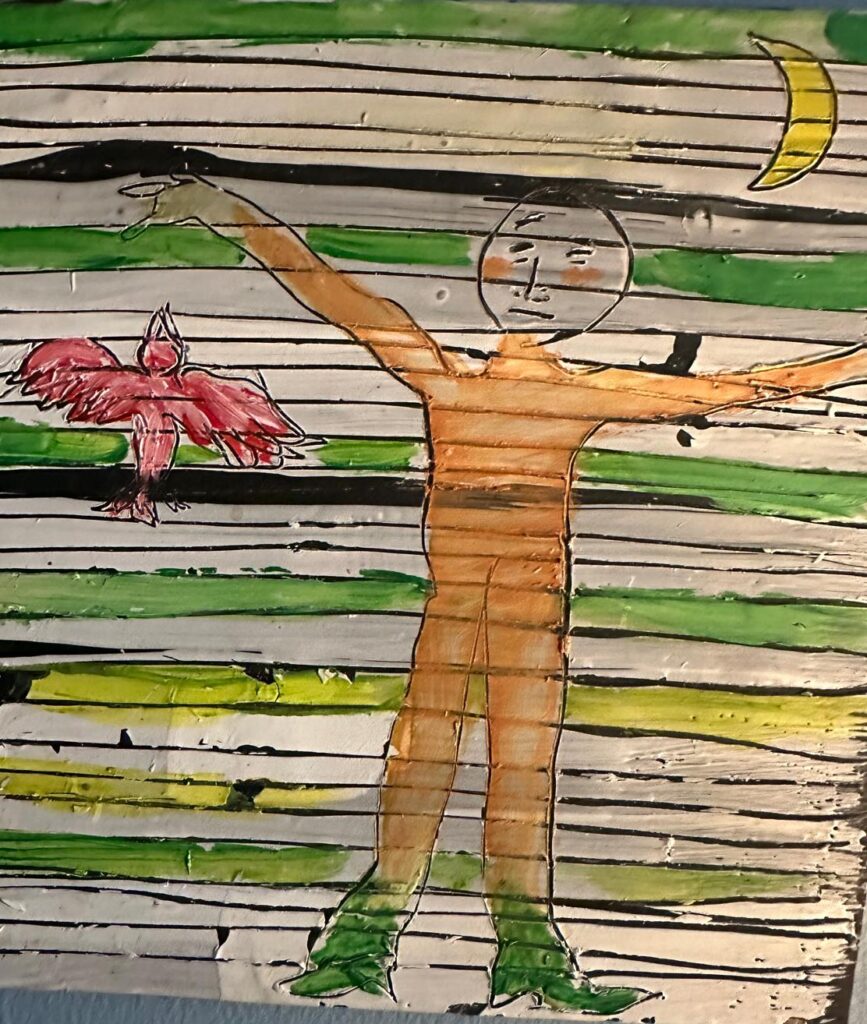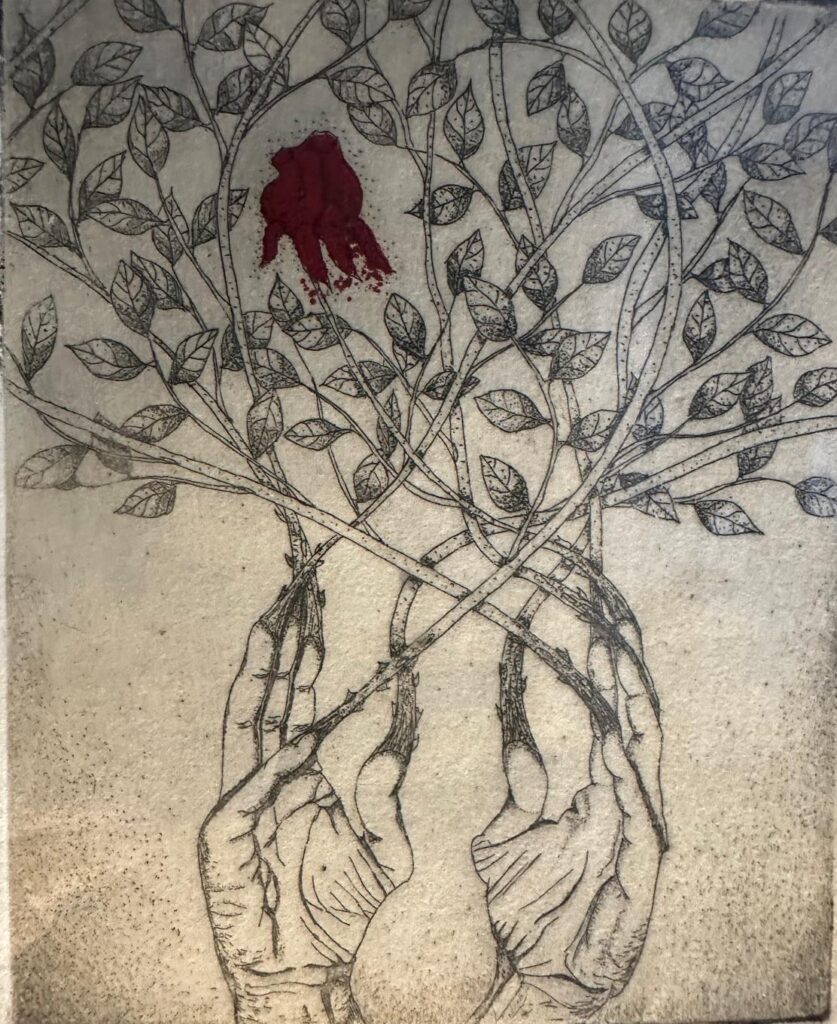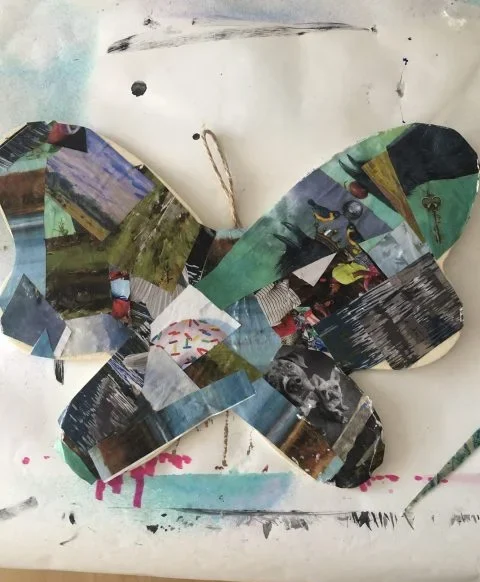For children, adolescents, and adults
Integrative mind-body psychotherapy solutions
For more than three decades I’ve created a warm and inviting setting to help children, adolescents, adults and families tackle a range of issues. Using a combination of traditional and progressive therapies, I work closely with my clients to restore a true sense of healing and balance.
My goal goes beyond helping my clients to regain confidence through therapy by showing them how they can access their own inner resources — a powerful tool for life.
And since no two people are alike, I draw on a range of integrative techniques, from art and play therapy, to mindfulness, EMDR, and brain science.
Elena Kaiser LCPC ATR

Trained and certified as a PDA Therapist
Affiliated with PDA North America
Elena is affiliated with advocating for individuals with Pathological Demand Avoidance (PDA), a recognized autistic profile in the United States. PDA individuals exhibit avoidance of everyday demands, driven by a need for autonomy. They often have a highly sensitive nervous system, leading to heightened anxiety and a strong threat response. Despite their autistic traits, PDA individuals may not receive adequate recognition and support. Elena’s affiliation suggests her involvement in raising awareness and advocating for understanding and support for PDA individuals.
Parent guidance for families with children with traits of PDA
My art background is my launch pad. It’s a gateway — a non-verbal access to deep-seated emotions when talking isn’t getting to the heart of the matter. And when art isn’t the right approach, I use a combination of integrative, progressive therapies to tackle the issue at hand.
- Elena Kaiser
Services Offered
Badges
PDA /Neurodiverse
EMDR Certified
Art therapy Licensed( ATR)
PTSD
Relational trauma
integrating somatic
Trained in IFS
Hakomi Therapy Certified
Sand Tray Trained
Psychodynamic
Testimonials
Art Gallery
Suggested Article Reads
- How art helps sustain mental wellbeing during COVID-19
- Art therapy provides creative outlet for healing
- Portraits of kids making art, and some of their own creations







